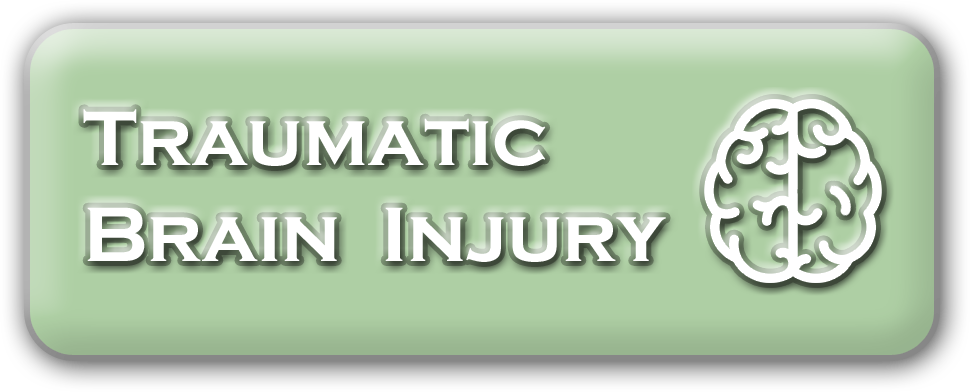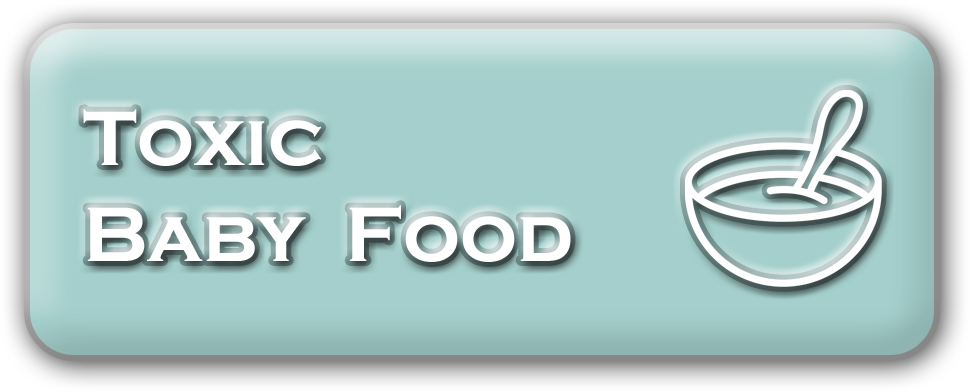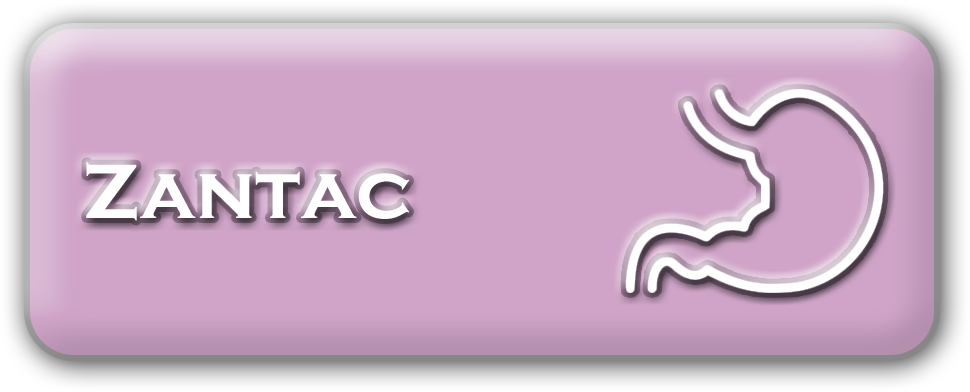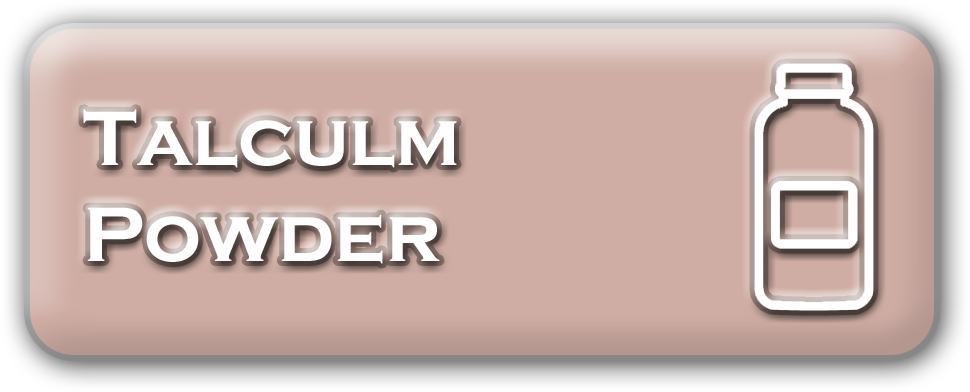The Devil’s Dozen, Part 2
This article is a continuation of the article of the same name, published on 02 January, and strives to call attention to some of the most deadly products that Monsanto has brought or aided in bringing to market and most of which they still continue to support to this day.
Polystyrene
What is it? – Polystyrene is a synthetic polymer. Polystyrene production became a focus of Monsanto in 1941 and it is still one of the most widely used chemicals being manufactured today. Polystyrene is non-biodegradable (meaning it cannot be changed to a harmless natural state by the action of bacteria and as a result, may damage the environment). It is also responsible for the largest amount of hazardous waste worldwide. Chronic exposure to polystyrene has also been linked to headaches, depression, weakness, and fatigue.
Polystyrene can be found literally everywhere. Its most common use is in food packaging, where it is called styrofoam. It gained popularity by being more durable than standard paper products and more cost-effective than plastic, but it is far, far worse for human beings and their environment.
Nuclear Weapons
I don’t feel like I should have to tell you what these are, why they are terrible, or where they are being used. You should know that already. The collection of nuclear weapons has relentlessly persisted since the collapse of the Soviet Union. Monsanto’s relationship with these civilization-destroying weapons is interesting to look at. Monsanto acquired the company Thomas & Hochwalt Laboratories, in order to obtain the expertise of Charles Thomas and Dr. Carroll Hochwalt. Shortly afterward, they developed a department that played a primary part in the Manhattan Project from 1943 to 1945 and was responsible for producing the first atomic bomb for World War II. Thomas himself was in charge of the final purification and metallurgy of plutonium, a radioactive, chemical element, and fissionable isotope that is necessary for making the atomic bomb.
Dichlorodiphenyltrichloroethane (DDT)
What is it? – Dichlorodiphenyltrichloroethane is a regularly used pesticide that was initially designed to fight mosquitoes that carried malaria in order to reduce the risk of the disease. As it turns out, Monsanto was one of the very first companies to manufacture the pesticide that would later fall under onerous investigation. In 1972, a global ban on the agricultural use of DDT was formalized under the Stockholm Convention on Persistent Organic Pollutants. It has since been linked to liver damage, reproductive failure, and damaging the central nervous system. Its effects on the environment are no less devastating. Regrettably, DDT can usually take more than 15 years to break down and is still actively being found in a few soils and in many waterways. Any exposure we might have had to DDT in the modern day would probably come through eating poisoned fish and crops or possibly through atmospheric displacement.
Here at the Brady Law Group, we have a team of attorneys experienced in the field of product liability. We have the necessary knowledge and resources to win you all of the financial compensation that you are entitled to under California state law. It is our aim to provide justice for these families that have had their lives altered by chemical profiteering. We do not back away from complicated or stressful cases. We go to any necessary lengths to protect the rights of our clients. If you would like a free consultation regarding a Roundup lawsuit that you believe you may have, please reach out to our law firm by calling (866) 211-2562 as soon as possible.
























